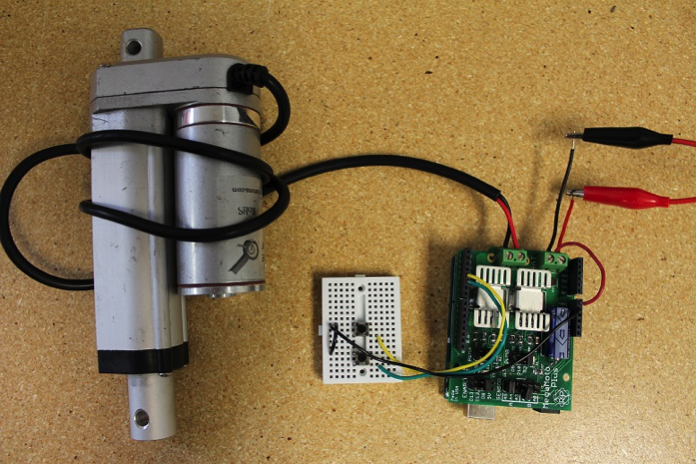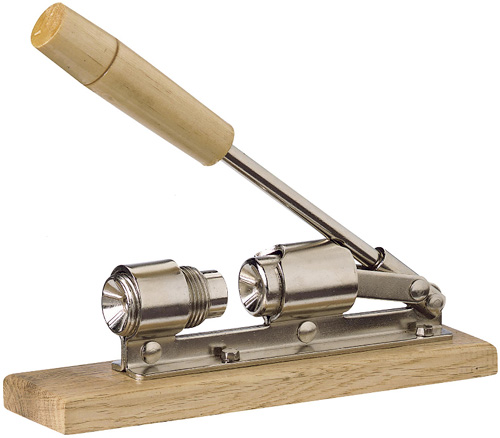
Linear actuators refer to the devices used to convert rotational motion into the corresponding linear motion. The monitor load feedback of a linear actuator is used in regulating the amount of force applied by the linear actuator. These devices have widespread applications in both the industrial and domestic settings. The various forms of energy used to drive electric linear actuators include piezoelectric, mechanical, hydraulic, pneumatic, and electrical. However, DC or AC power is predominantly used to operate such devices. Electric linear actuators present many advantages to the user.
Repeated Linear Movement
Linear actuators are used for performing the task of moving a particular load repeatedly. They can continuously move a single load or various loads to specific consistent locations. Such repeated linear motion of the actuators requires synchronization of various axes in order to achieve coordinated motion. As such, linear actuators are the preferred choice for repeated, continuous and coordinated movement of loads.
Adaptable Movement
Adaptable movement refers to the motion that adapts or changes. Electric linear actuators are also applied in adaptable movements. In this regard, the motion’s nature, positions or load changes. These devices are used to attain and control adaptable movement by synchronizing them with various other machines. For example, linear actuators are used in the electric wheelchairs to improve their movements and thus enhancing the independence of persons with disabilities.




